Oregon Manifest: INDUSTRY’s Solid Bike
The titanium concept design features integrated haptic navigation and an interfacing app for urban cyclists

by Hunter Hess
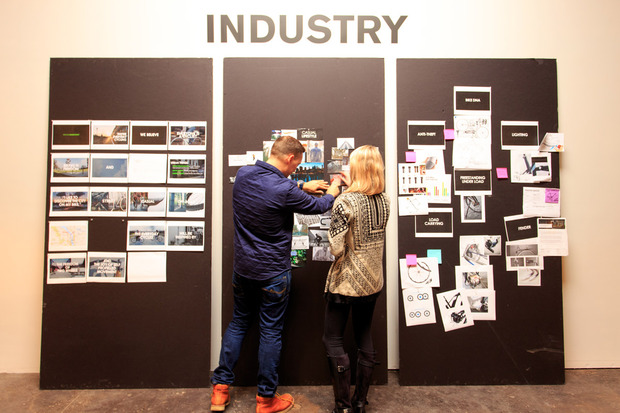
Getting people to ride a bike as a part of an urban lifestyle has been a major challenge for the cycling community. To overcome this reluctance, as well as drive innovative design, the Oregon Manifest was established as a showcase competition to partner leading design firms with creative builders in order to produce a modern bike that will fit the needs and lifestyle of the urban landscape. Already in its fourth year, the competition includes build teams from Seattle, Chicago, San Francisco, New York and Portland. This year’s Portland team is led by local design firm INDUSTRY who partnered with builder Dave Levy of Ti Cycles to create the SOLID Bike.
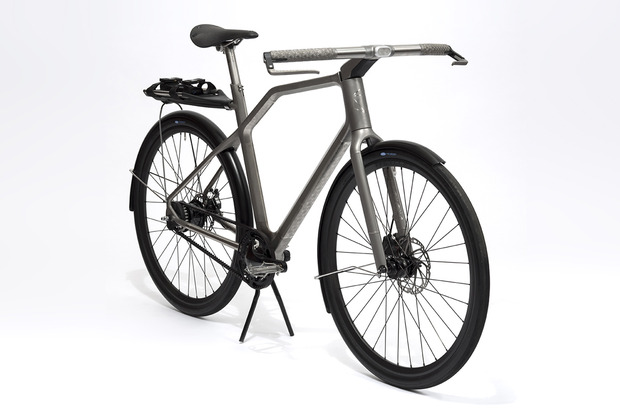
Drawing on Levy’s 25+ years of experience working with titanium and using INDUSTRY’s extensive design and prototyping knowledge allowed the team to innovate new processes and work with cutting-edge technology, such as titanium 3D printing, to produce various frame components. By using laser sintering and powdered titanium, the designers were able to limit the use of welds and eliminate stress points in the frame in order to create a bike that they say is the best answer to many of urban cycling’s central problems.
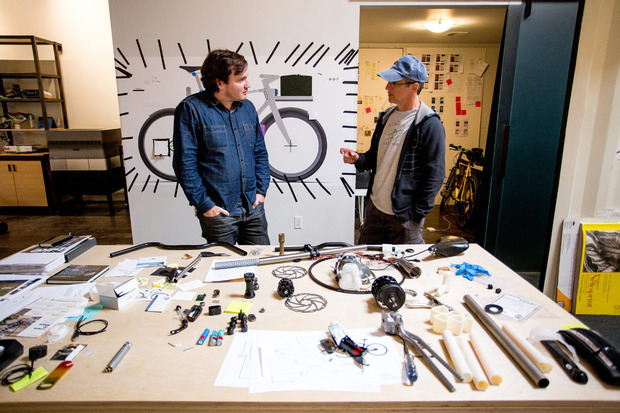
For the uninitiated, the idea of riding a bike down busy city streets can be frightening. It’s easy to get lost, repairs and maintenance can seem complicated and lugging around a heavy, greasy bike doesn’t typically result in a professional appearance when you get to your destination. “We can’t allow cycling to be intimidating,” says INDUSTRY designer Oved Valadez. “How do we get people interested and excited about riding?” People need more than a way to get from point A to point B. “[The bike] needs to empower people to discover their city,” he continues. To help facilitate the discovery as well as empower the users, INDUSTRY created a smartphone application to wirelessly interface with the bike.
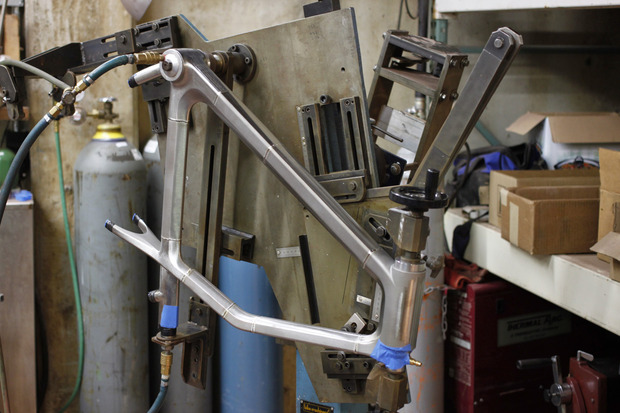
The app gives users useful information about their bike, including a maintenance guide and route tracker, and allows the rider to control the integrated front and rear lights. The app also suggests carefully-considered routes through and around town. By partnering with the city’s social and cultural leaders, such as former mayor and bicycle advocate Sam Adams, the team mapped out five adventures through Portland to various unique locations picked by their partners. In order to allow people to engage with their surroundings along these journeys the phone wirelessly syncs with the bike, using haptic feedback signals in the handlebars to guide the user along a route.

“It was really important that people not be staring down at their phone while they ride. You can’t experience a new place like that, and it’s not safe,” says Valadez. Using an arduino embedded in the 3D-printed stem to control the bike’s digital systems, INDUSTRY designed a haptic navigation system using small vibrating servo motors in the handlebars to alert riders when they are approaching a right or left turn. The left handlebar vibrates to go left; the right handlebar when you go right, and when you get to your destination, both sides vibrate to let you know you’ve arrived.
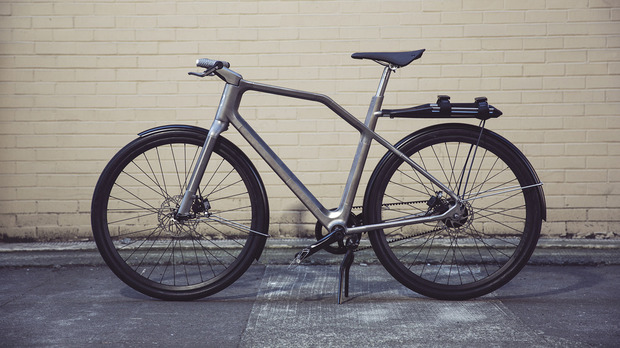
Beyond the impressive navigation system, the SOLID bike goes to great lengths to be the most intuitive, user-friendly bike concept to date. The bike is powered by a carbon belt drive linked to an internally geared, 11-speed Di2 Alfine hub, digitally shifted by 3D-printed thumb controls neatly integrated into the handlebars. This translates to a seamlessly shifting, powerful, grease-free drive train. To power all of these digital systems the bike relies on its own momentum, captured in the front hub and distributed to the bikes lights, shifting system and the Bluetooth navigation systems.
The winner of this year’s Oregon Manifest competition will have their prototype released in a limited production run by Fuji bikes. You can see more build teams and their bikes at Oregon Manifest’s Bike Design Project and vote for your favorite prototype to decide which bike makes it to production.
Images courtesy of INDUSTRY












